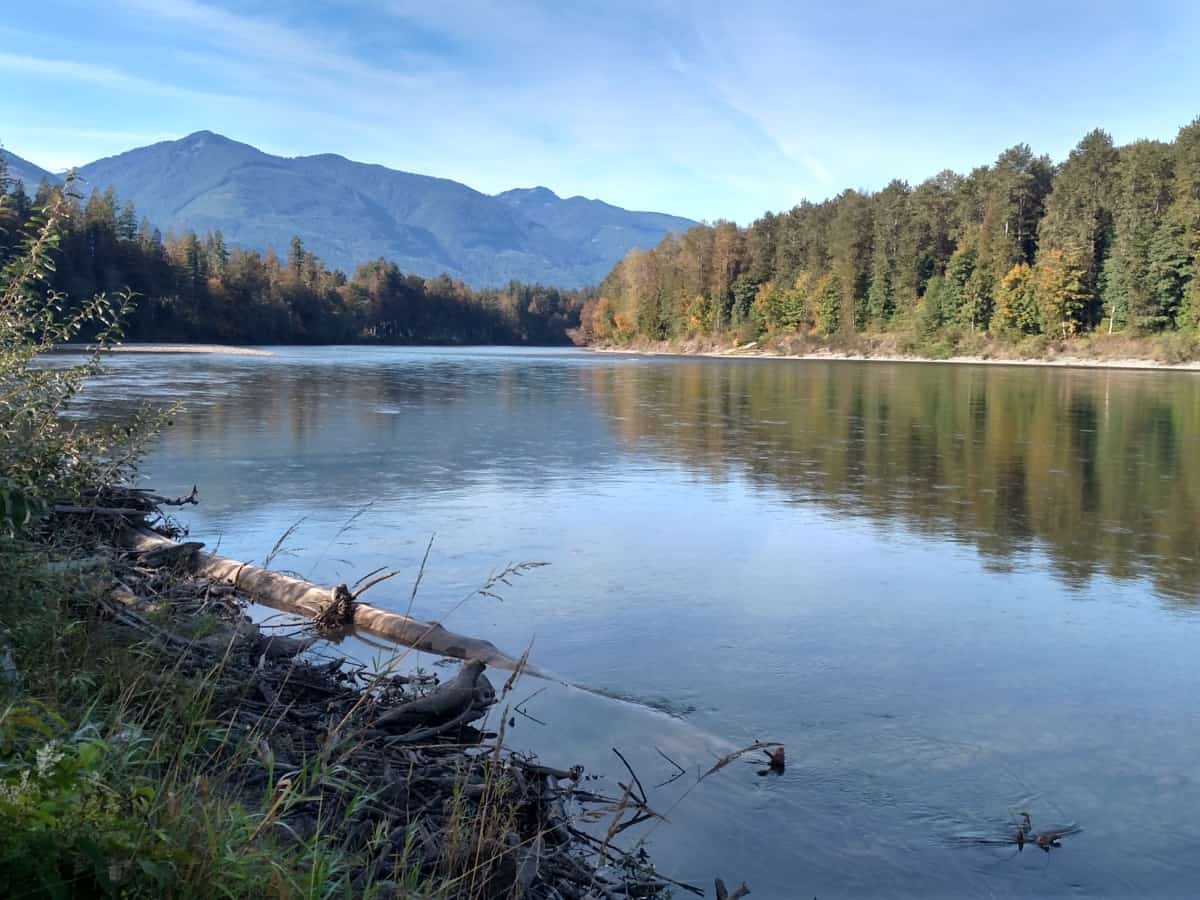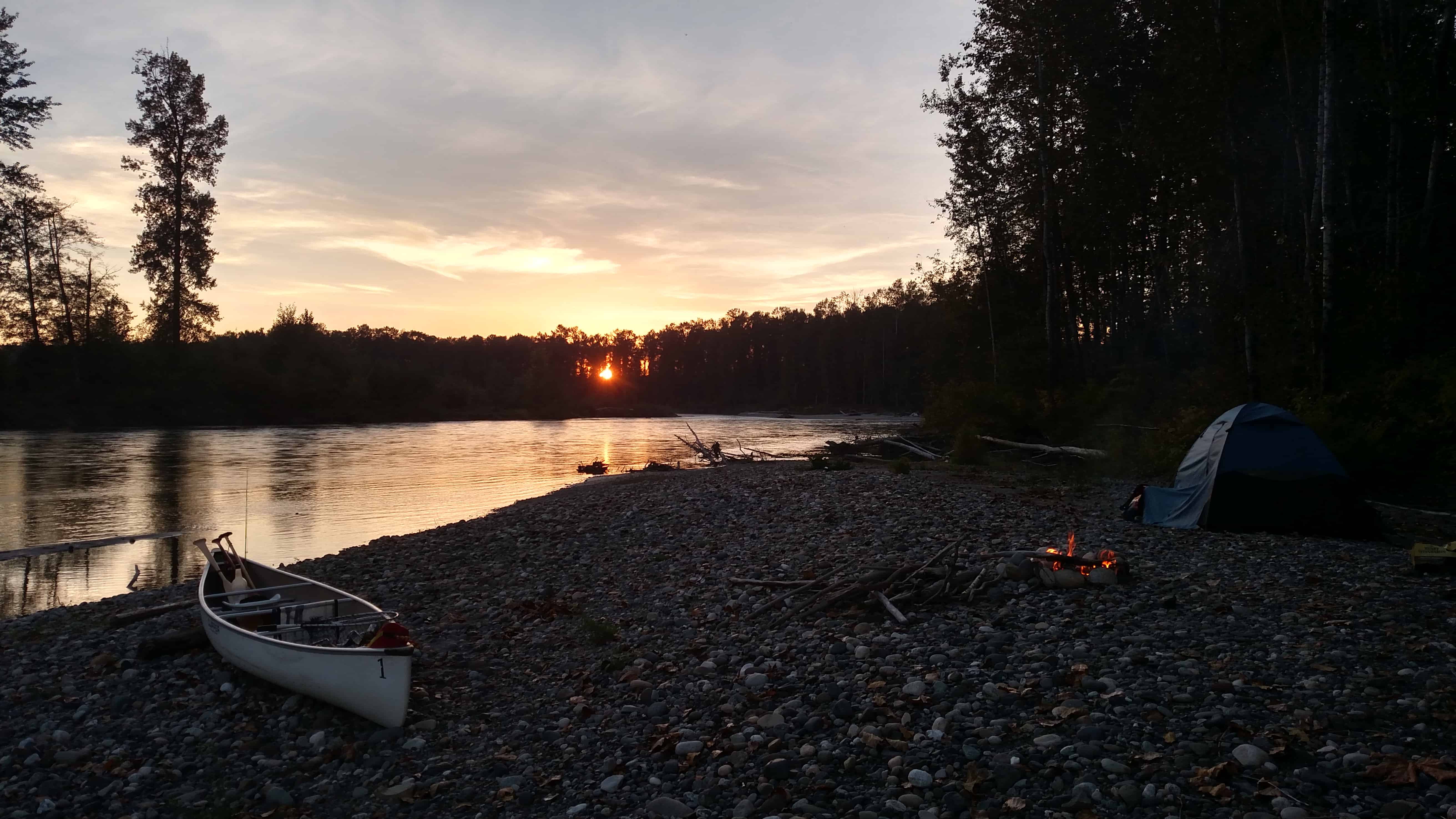
Rivers: Rebuilding Relationships with the Natural World.
Love can defeat that nameless terror. Loving one another, we take the sting from death. Loving our mysterious blue planet, we resolve riddles and dissolve all enigmas in contingent bliss.”
– Edward Abbey, from Down the River
Rivers have been the source of connection between the natural world and myself since I was born. Growing up on two different rivers, the Spokane in Eastern Washington and the Clark Fork in Northern Idaho, I’ve learned to find lessons, knowledge, and fun from these massive moving bodies of water since I learned to walk, spending hours of my life exploring the shorelines playing in the willows along the cobble stone beaches building driftwood forts and trying my hardest to fish but normally catching only rocks and sticks. I learned how to steer a boat in the water before I learned to drive a car, which was a good thing as I was a much more confident swimmer than driver we soon come to find out.
When I graduated from undergraduate studies at Western Washington University instead of moving to the cities for a nice reliable job, I settled for living out of a tent in Alaska working weeks on end guiding people from across the country around clear lakes and down glacier-fed rivers fighting off raging hordes of flesh-eating mosquitos and telling over-glorified stories of grizzly bears to city folk.
The years came and went and soon 5 fun and wild seasons and thousands of river miles later I still have the same burning desire to get on a river, paddle or oar in hand, and head the only place you can, downriver. Floating with the flow of the current and soaking in the lessons of life that come and go just as the rapids and bends in the river.

I have learned to find a place on these rivers that I truly belong, a quiet and still peace, a home, that despite the conditions or excitement of what is to come, I’m happy and content where I am. While these river adventures have generally been filled with joy, they also have had their rough waters and hard lessons of life to experience and learn. From losing friends to the watery graves or being scared to death of rapids that seem to flip 18-foot rafts like we swat a fly, the level of respect that rivers and water hold is incomparable to anything else I have ever experienced. This sublime state of nature is happy to give and all too easy to take away at the drop of a hat. Yet it is these places that my connection to the natural world has flourished and saved me. It’s been the way that I connect with the environment I am in and just as I have done
hundreds of times before.
When I arrived here in Marblemount and this part of the Cascades, I immediately found myself drawn to this massive body of water drifting through my back yard: The Skagit. The largest river flowing out of the Cascades draining more than 3,100 miles of raw and wild lands to bring over 10 million gallons of water into the Salish sea daily. It was on this body of water that I allowed myself to gain another sense of connection to the Cascades. Even after 10 years of exploration in these mountains and rivers, such as the Nooksack and Mt. Baker to the North, that I found another home.

But while getting to enjoy these rivers for fun and peace is great, it’s not enough to merely like and enjoy them. It’s also necessary to know why we need these places, the why we need to love and protect them not only for ourselves but for the future of us all, the thousands of species that rely on these rivers to flow clean and cold, free and wild from their sources to the seas, transporting water, nutrients and life back to the watery world from which they are born.
This is why I am here, and you are reading this. To inspire and evoke an emotion to help us all let these rivers run wild and free. For it’s all too commonly forgotten these days, nature and rivers don’t need us as humans, but it’s us that need and rely on them to help us live and thrive. It is our duty to find a balance with these wild features of life if we have any hope to survival in this world. So here we are, at a crucial point in life where we must now choose what we should do, keep on a path of development, damming, and destruction of the natural world that untimely leads to our own grave. Or stop and think about our effects and make a change and learn a lesson from these rivers and forces of life.
While the Skagit is a massive force here in the Pacific Northwest, it is just a drop in the bucket in terms of the world and water cycle around us. We are at a point where we need to make a conscious decision of what is easy and what is right, and to me that is easy; I choose the rivers, I choose the change, I choose to consider our effect on one another and choose to make this world a better place. Weather that be with words, oars, or actions. I encourage us all to find some part of this world that brings us joy and happiness and become passionate about it. Love and Live for it and teach others about it in hopes that we can all learn how to come together and protect this one home that we call Earth.
Watch The Wild Skagit from Carson Yach on Vimeo.


I learned so much from this post and your video. Thank you, Carson, for this much needed inspiration on a gray Friday morning.